
(1/11) This term, I’ve taught a seminar @IslamicSt_UniFR called “Little Ice Ages and Mighty Microbes. What Environmental History Can Tell Us about the #MiddleEast”. These are some of the things that I’ve learned. A thread. #twitterstorians #environmentalhistory 
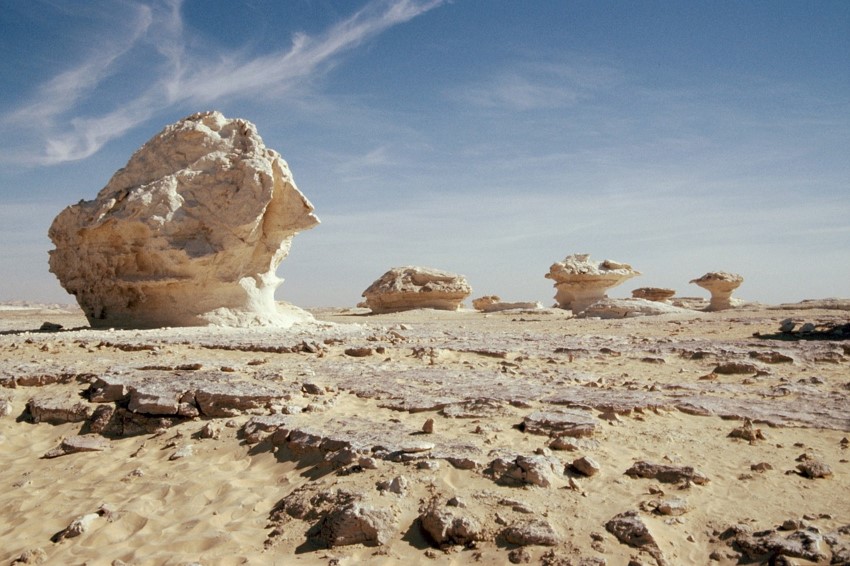
(2/11) The Arab invasion of #Iran led to a cotton boom – until the 11th century. Then a “big chill” made agriculture detract. Leading Sunni scholars moved elsewhere &bimportant madrasas closed. This helped to eventually convert Iran into Shi’i-majority lands in the 16th century. 

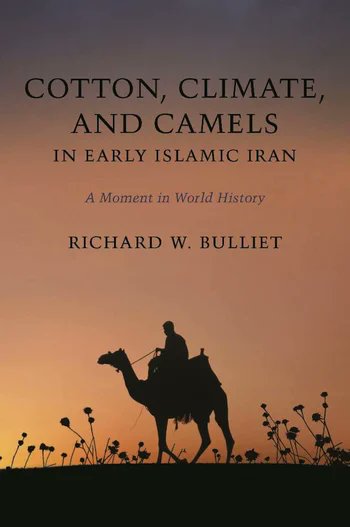

(3/11) The “golden age” of the Ottoman Empire saw the conquest of Egypt. With grain (incl. rats/fleas) now being shipped in huge quantities from Alexandria to #Istanbul, the capital became a constant “plague hub” (which, in turn, dramatically increased Ottoman medical knowledge). 
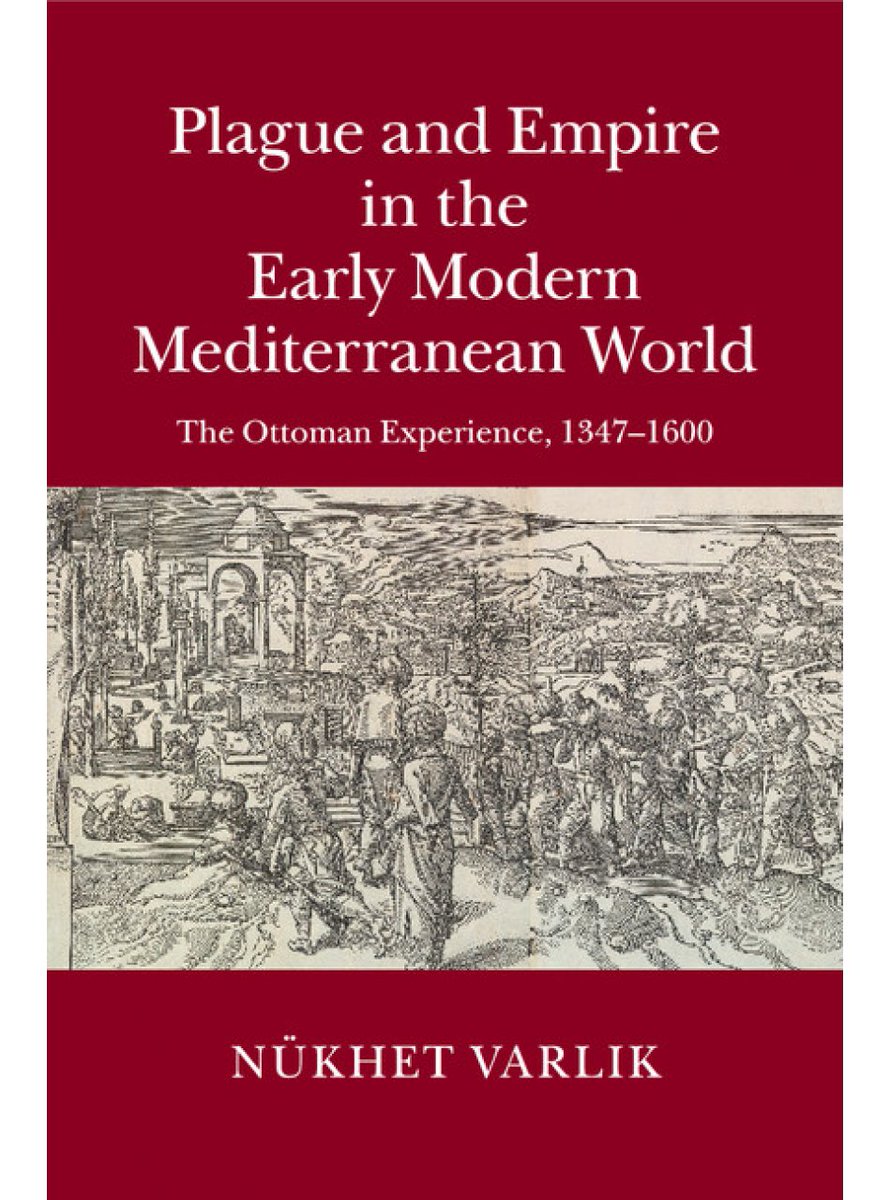
(4/11) At the same time, several #Ottoman provinces were already operating at the ecological limit while still being forced to provide Istanbul with animals. When the Little Ice Age hit these semiarid areas in the late 16th century, significant rebellions & crises ensued. 
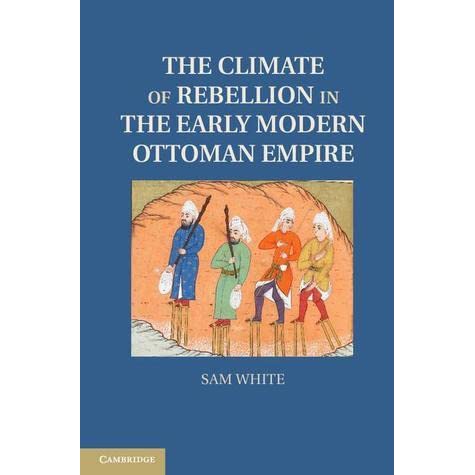
(5/11) Not only humans suffered but animals, too. Epizootics killed livestock in 18th century #Egypt, which made peasants become more dependent on large landholders. Consequently, “changes in nature of rural labor degraded the lives of both beast and man.” 

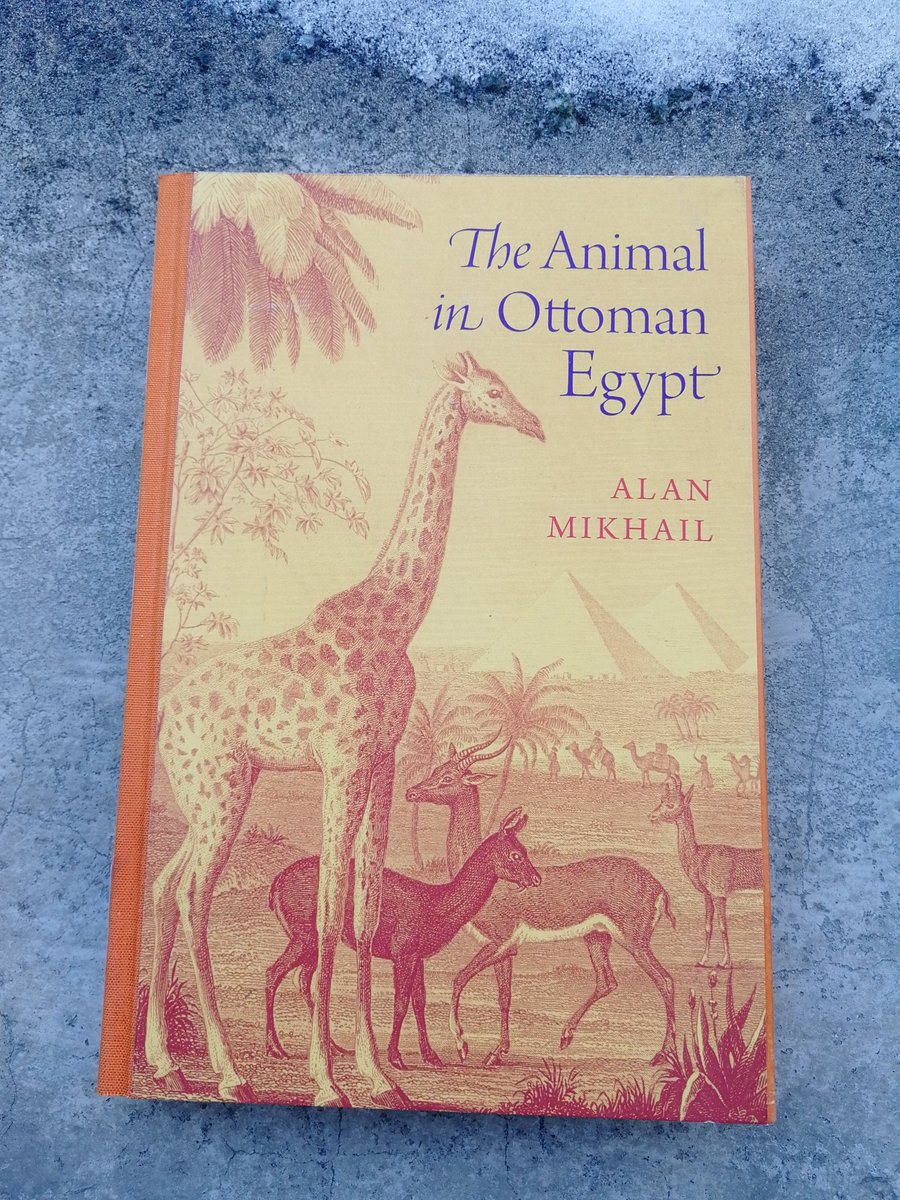

(6/11) In many accounts of environmental history, the state remains a central actor. Yet, we also see how the Ottoman Empire was rendered powerless when the Euphrates changed its course in #Iraq between 1687 and 1702 – despite mobilizing the might of its “imperial ecology”. 

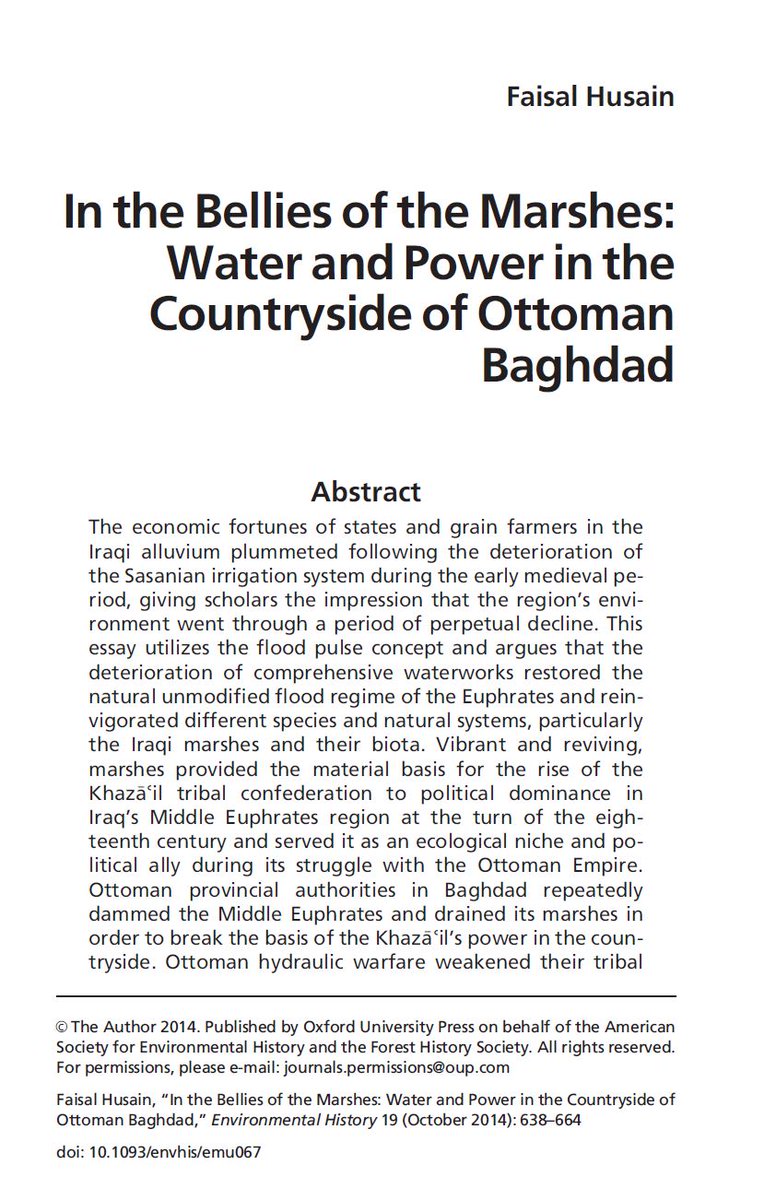

(7/11) #SaudiArabia, by contrast, strove to excel in conquering nature. The “al-Hasa Irrigation and Drainage Project” in the 1970s was staggering in size – and failure. The planners had simply ignored the situation & needs of the local Shi’i population in the Eastern Provinces. 
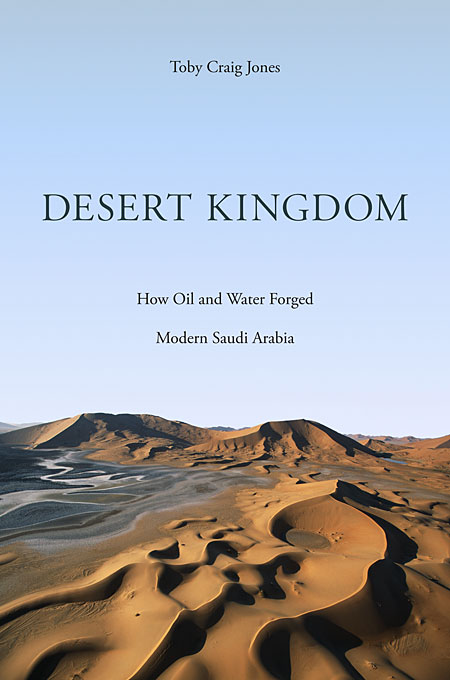
(8/11) In Egypt, the government aimed even higher: the goal was to create a second #Nile valley. In the 1990s, the rhetoric shifted to an “untouched environment” in the desert where organic produce for European markets was to be grown – irrigated by 10% of the annual Nile water. 
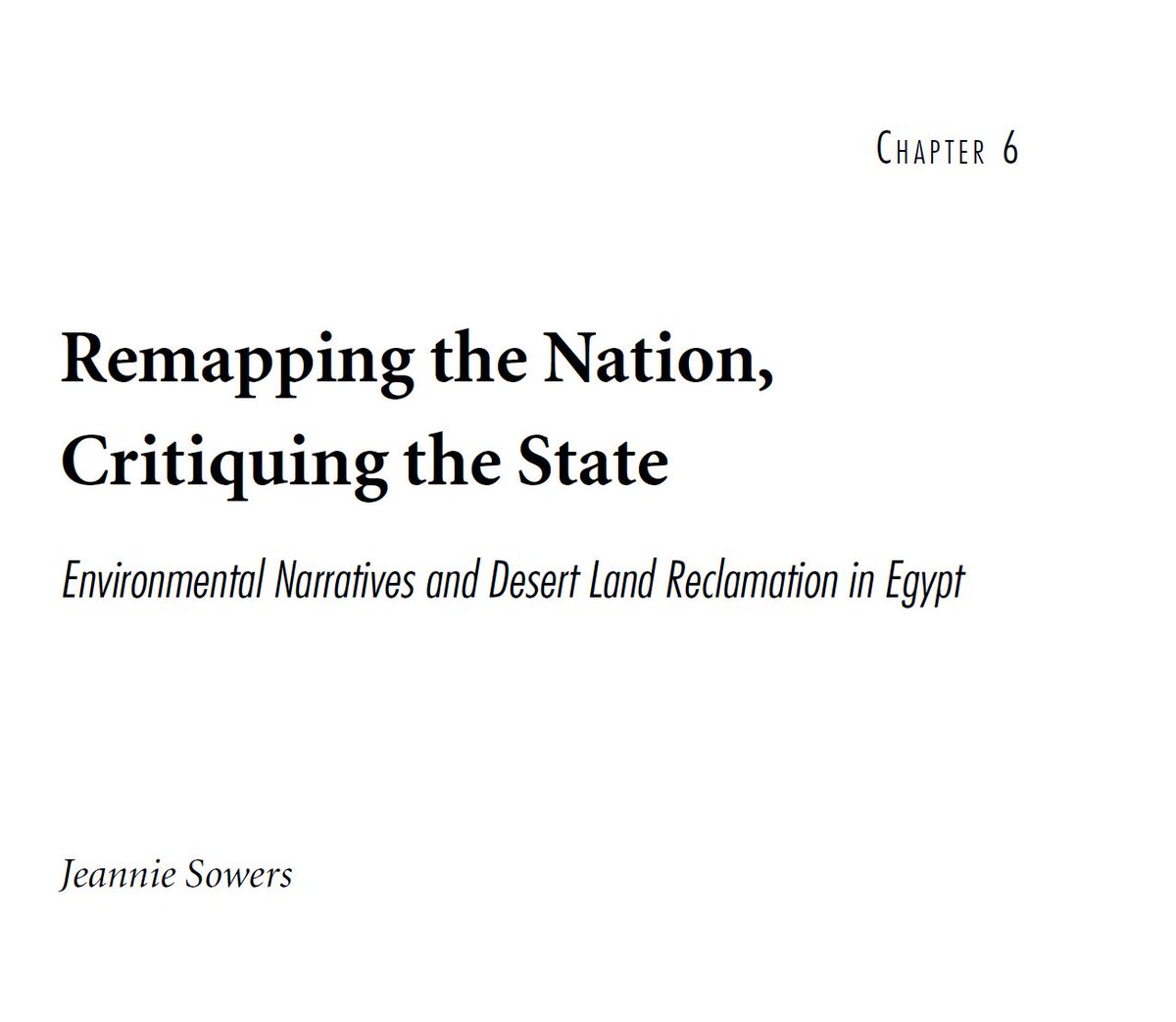
(9/11) Colonial & mandate powers had already operated with such charged “environmental imaginaries”. Even though, for example, the Lebanese #Cedar had been in decline since the end of the Pleistocene, locals were blamed for their “ignorant destruction” of cedar forests. 
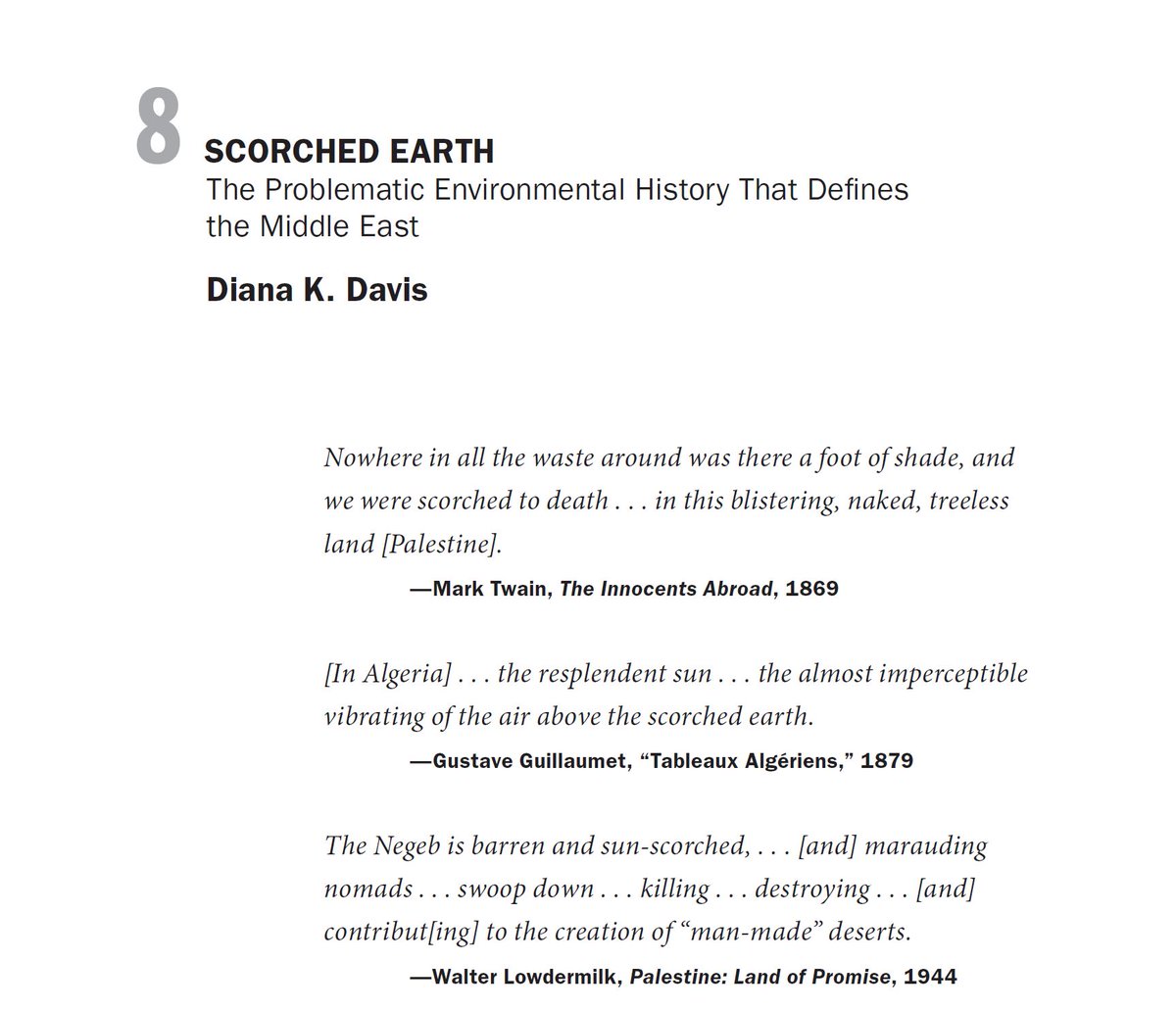
(10/11) Another imaginary: the Westbank as a “shared environment” & to achieve peace through environmentalism. Yet, Palestinian engineers rarely got permission to build those sanitary landfills & water treatment plans they hailed as “infrastructure for utopian national progress”. 

(11/11) The interaction between humans, the state, & the environment (with often unintended consequences) is at the forefront of these stimulating studies. Together they go a long way in tackling Timothy Mitchell’s famous question: “Can the Mosquito speak?”. End of 🧵. 

• • •
Missing some Tweet in this thread? You can try to
force a refresh


